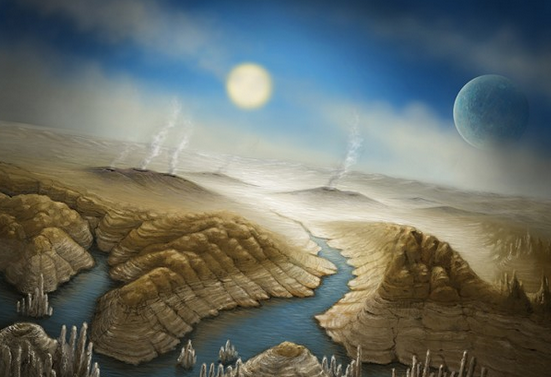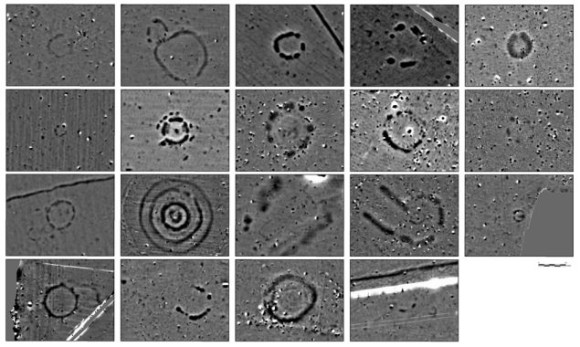A Second Earth?
New discovery – a very earth-like planet found orbiting almost an exact clone of the Sun…

Say Hello To Earth 2.0! Historic Kepler Discovery Suggests We Are Not Alone
July 22, 2015 | by Jonathan O’Callaghan
“Remember the name Kepler 452b. Because in our search to discover if we are alone in this vast and fascinating universe, a sole life-harboring world among countless dead and uninhabitable planets, we may finally have a true candidate for Earth 2.0.
For the first time, scientists have found what appears to be a rocky world orbiting a Sun-like star at almost exactly the same distance that Earth orbits our own Sun. While other potentially habitable planets have been found before, this is the first that could plausibly be another Earth. This might be the real deal, people.
Kepler 452b, found by NASA’s Kepler Space Telescope, is located 1,400 light-years from us. It orbits a star that is 4% more massive and 10% brighter than our Sun. The planet itself is 1.6 times the size of Earth – making it a super-Earth – but the scientists are fairly sure that it is a rocky world, owing to its size and the type of star it orbits.
Its orbit, 384.84 Earth days and 5% more distant than our planet is from the Sun, places it right in its star’s habitable zone, where it is not too hot or cold for liquid water to form: the same region Earth is in around the Sun. This is not the first Earth-sized planet found in a habitable zone; last year, the world was abuzz with the discovery of Kepler 186f, more similar in size to Earth. But that planet orbited a red dwarf star, smaller and cooler than the Sun. Kepler 452b, excitingly, orbits almost an exact clone of the Sun…”
For the rest click here to go to IFLS.
Share

